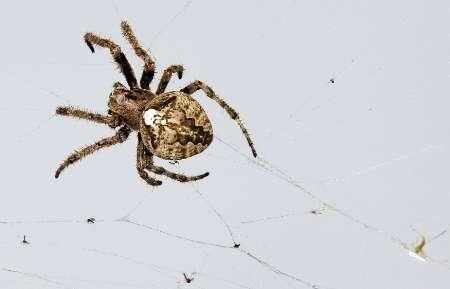Mega Spiders Will Soon Be Reality

Fictional sci-fi movie scenes of a giant spider crawling down the streets and munching anything that comes its way can soon be a reality.
According to a study by researchers at the University of Sydney, golden orb weaver spiders are found to be bigger in size. Moreover, these spiders have much better fertility rates in cities compared with forests. This is quite contrary to the fact that urban civilization growth has hampered the habitat of other living creatures.
It is found that unlike other species, a particular spider specie, named Nephila plumpies, thrives better in cities. This fact is supported by its various biometric indicators, such as tibia length and ovary weight. According to the study, city spiders of this specie are bigger, larger and have heavier ovaries. This directly implies that urban spiders are healthier and more fertile than their counterparts in the wild.
There are two main features of cities that are supporting these ultra-fertile mega spiders:
- Hot concrete, which serves as a perfect micro habitat for these spiders. This is contrary to the popular belief that concrete and other hard surface are not good for anchoring spider webs.
- Bright artificial city lights, which attract lots of insects, even in the night. This ensures that the spider has a whole range of cuisine to choose from even for a mid-night snack.
These facts are no doubt assuring in a way that we humans are not destroying everything on earth. These research show that many animals, birds and insects are evolving themselves to thrive in our cities.
Spiders play a key role in the terrestrial ecosystem. They eat away many insects and pests, which destroy vegetation. Hence, spiders play an important role in contributing to biodiversity. Also, they are important food sources for many birds.
All that sounds too good, but too many mega spiders roaming around in their warm golden webs are not a good sight. Too many of these ultra-fertile modified spiders feeding on insects and giving birth to more of such specimens are probably not really healthy with respect to the natural balance of life.





















